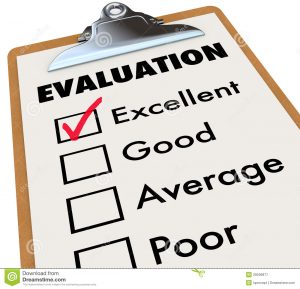 It’s always tough to start an article with those trigger words. Realizing you are immediately lowering the chances of anyone reading your article. But, this is an important topic.
It’s always tough to start an article with those trigger words. Realizing you are immediately lowering the chances of anyone reading your article. But, this is an important topic.
As Assessment Coordinator, I get asked quite frequently, “Aren’t my grades assessment?” The answer is simple. Yes they are. However grades themselves are not sufficient when we need to use them for program, departmental, or general education assessment. If students average a 3.4 in a class, that actually does not tell us much. We cannot say that students learned to think critically if they get a grade of C or better. We need more specific, diagnostic information. Not only at the institutional level, but at the program and department level.
We need information such as: students were strong in A and B, but weak in G and H. This let’s us, as instructors, know where we need to work with our students to improve G and H.
What are grades for then? They can serve as a red flag that Departments may use to identify courses in which further assessment may need to occur so that instruction can be modified to address the issues seen in those courses.
As a quick example: an instructor may notice that grades are low on a given exam. Upon digging further into that exam, she notices that students have difficulty integrating information. So she decides to spend more time with students on how to integrate information in her class with other topics.
A number of pieces have to fall in place for this type of insight. The instructor has to know which questions ask for students to integrate information on her exam. The students may have scored well on knowledge-type questions, but poorly on integration. A “C” grade does not get to the root of that issue.
Assessment is all about the student.

